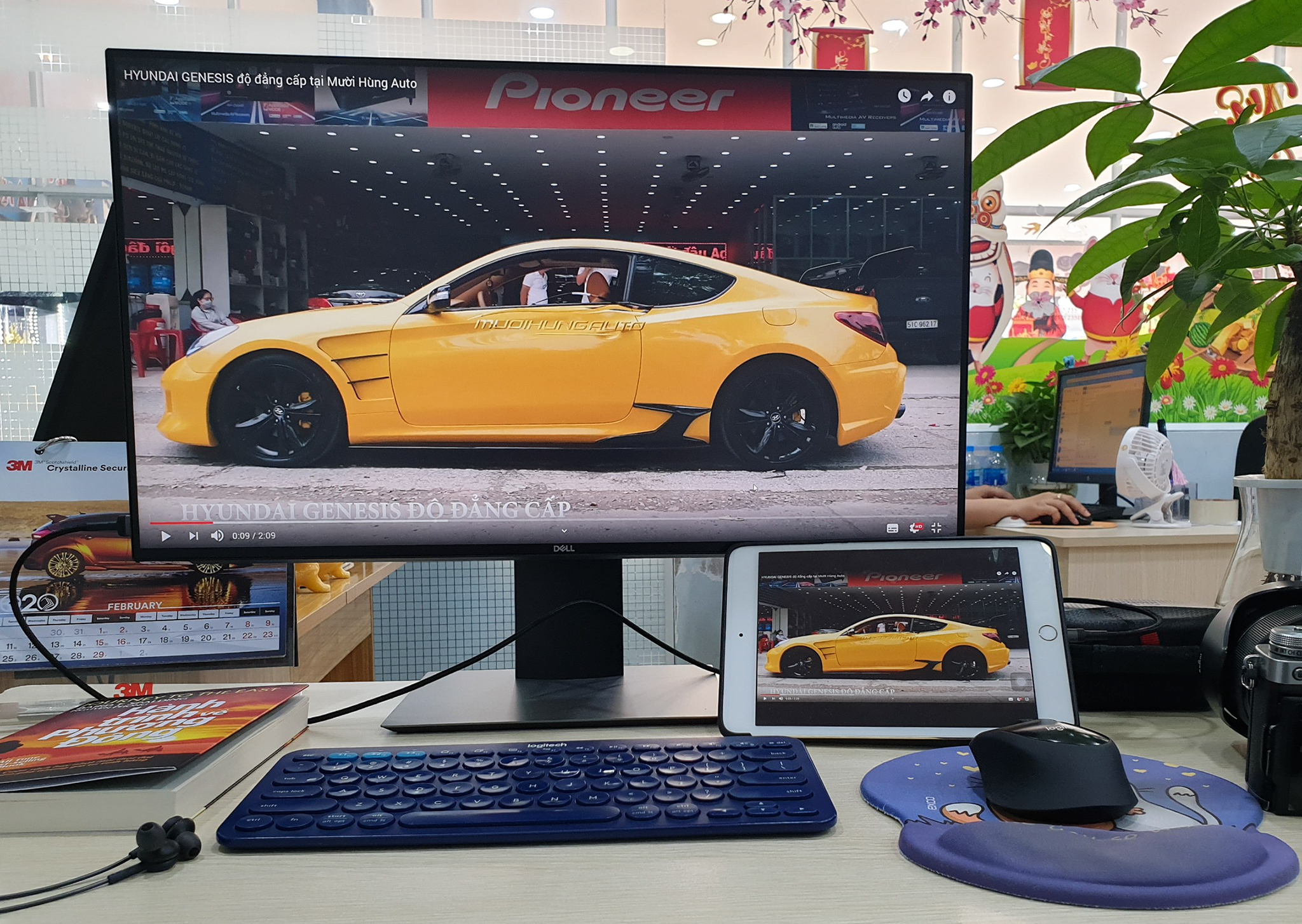A custom wire form is a product made by bending and splashtop wired xdisplay to create an accurate shape and a usable form. Various alloyed materials can also be used to create wire, including low-carbon steel, medium-carbon steel, and high-carbon steel. We offer a range of products to meet our customers’ requirements, such as painted wire shapes, plated wire shapes, and coated wire shapes. We use CFR Ring Forming and Welding Machines, BUW Butt Welders, K-70 Welders, and the 17 mm diameter CFM Welder.
Various industries use CNC wire bending machines to bend stainless steel wires and aluminum from sheet metals, including retail, product assembly, construction firms, restaurant automobiles, and original equipment manufacturers. A splashtop wired xdisplay could not be constructed without rebar, a wire form component. It is essential to use a filament for electric lamps. If a bed or chair were not made from wire-formed springs, they would not function as well. Our displays are made from wire alloys, ideal for merchants or newspaper vendors. They are available in various sizes based on their intended application. Computerized two-dimensional and three-dimensional wire-forming butt-welding machines can be used for designing and building wire racks, including point-of-sale racks, sale displays, wire baskets, and shelving.

1 – Selection of wires
Steel and stainless steel are the most frequently used wire types for applications requiring durable and long-lasting components. The initial CAD design determines the gauge, diameter, and type of wire used in wire forming. A wire can be made from various metals, including stainless steel, aluminum, coppers, brasses, and various alloys, as well as low, medium, and high carbon steels.
2 – How to straighten the wire?
As the wire is stored in coils, it must first be straightened. As part of the straightening process, stress abnormalities accumulated in storage must be eliminated. Machines roll wires. Uncontrolled imperfections can damage wire form.
3 – A forceful application
The shaping technique is intended to yield a wide range of shapes and configurations by applying force to a wire’s contour and shape. It involves force applied by hands or other automated equipment with dies and cutting tools. For high-volume production, CNC and four-slide machines are used.
4 – Exterior Wire Finishing
In some cases, wire forming does not require finishing depending on the product design or type. It is necessary to adjust and eliminate burrs and sharp edges, which is the most significant function. Cuts, grooves, headings, coins, swaging, and other post-production changes may be required in some circumstances.

